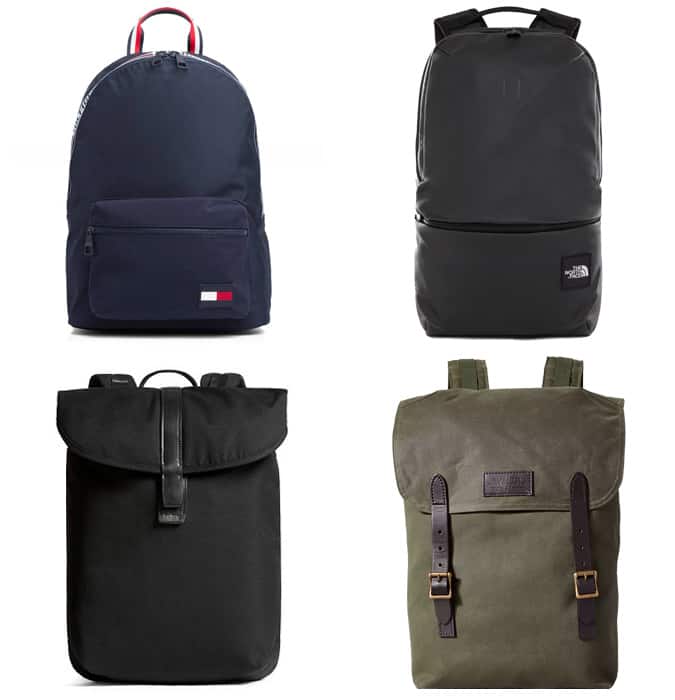Why Grunge Is This Year’s Biggest DGAF Menswear Trend
In the beginning, it meant nothing. “It could have been sludge, grime, crud, any word like that,” according to Jonathan Poneman, the founder of Seattle-based record label Sub Pop, some time later. But in his description of the scene, sent out to journalists in the late 1980s when its soon-to-be-stars were still dossing in each other’s garages, he chose ‘grunge’. In hindsight, it’s a word that encapsulated not just the sound of bands like Nirvana, Mudhoney and Soundgarden, but also their look; moth-eaten, unwashed, grungy.
Grunge Style and Grunge Fashion: A Brief History
Grunge style didn’t reject fashion, it ignored it. And yet the insularity of the scene in Seattle, a city awash in rain and charity shops, meant that it hit the mainstream with a defined look. ‘Thrift’ was a local verb long before the Nevermind album hit number one and Cobain’s music, and look, was that of kids who slept on sofas or under bridges and who only bought clothes when their old ones wore through. Clothes were either warm, or they weren’t. End of.
Which made it all the more ironic when, in 1992, designer Marc Jacobs dropped a Perry Ellis collection full of combat boots, beanies and plaid shirts that reworked grunge’s staples with four-figure price tags. For Vogue critic Suzy Menkes, it was “ghastly”. Jacobs got the sack, but also the last laugh; from Alexander McQueen to Virgil Abloh , designers have ever since taken what’s new and young and youthful and luxed it up.
Grunge Style as a Trend Over the Years
Grunge style as a trend falls in and out of fashion, but as a look, it’s never left – charity shops are still full of old jeans and cardigans; artists, musicians and students are still broke. But it’s also easy shorthand for any designer after an injection of authenticity. As ’90s fashion bubbles up everywhere, grunge has become a mood board mainstay again.




















